Healthy soil equals healthy plants. Learn how to properly assess your soil’s health.
In our last post on Soil Health, we explored the many microscopic organisms and creepy-crawlies that make soil their home. From nitrogen-fixing bacteria and nutrient-cycling fungi, to soil-aggregating earthworms and residue-shredding arthropods, soil is teeming with a great diversity of life. And by supporting this complex food web, we are helping to improve and maintain the quality and health of our plant life.
In order to best manage our soil, we first need to assess the status of its current health. Below, we present resources that you can use to learn more about your amazing underground world.
Considering Soil Type
When assessing and managing your soil, it’s important to consider your soil type. There are many factors that influence your soil’s composition, such as parent materials (ex. bedrock that has weathered to become soil particles), whether the area in question was once covered in glaciers, weather patterns, plant & animal life, and recent land use.
Web Soil Survey
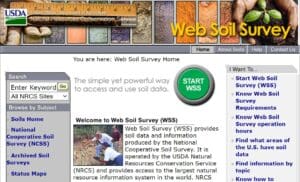
Web Soil Survey provides soil data and information produced by the National Cooperative Soil Survey. It is operated by the USDA’s Natural Resources Conservation Service (NRCS) and provides access to the largest natural resource information system in the world. NRCS has soil maps and data available online for more than 95 percent of the nation’s counties and anticipates having 100 percent in the near future. Soil surveys can be used for general farm, local, and wider area planning.
Soil Explorer

The Soil Explorer allows users to explore soil properties and landscapes around the world. It shows topography, fragipans, soil orders, drainage class, and dominant soil parent materials on an interactive map. This user-friendly online resource is free and available to find more information on soil qualities.
Soil Assessment Tools & Resources
Soil health cannot be determined by measuring just one factor, and there are many indicators that can be evaluated. As such, it’s important to consider soil health from a variety of angles. An abundance of tools are available through agencies such as USDA’s Natural Resource Conservation Service and Ohio State University Extension that can help you to assess the health of your soils. A few helpful links are below.
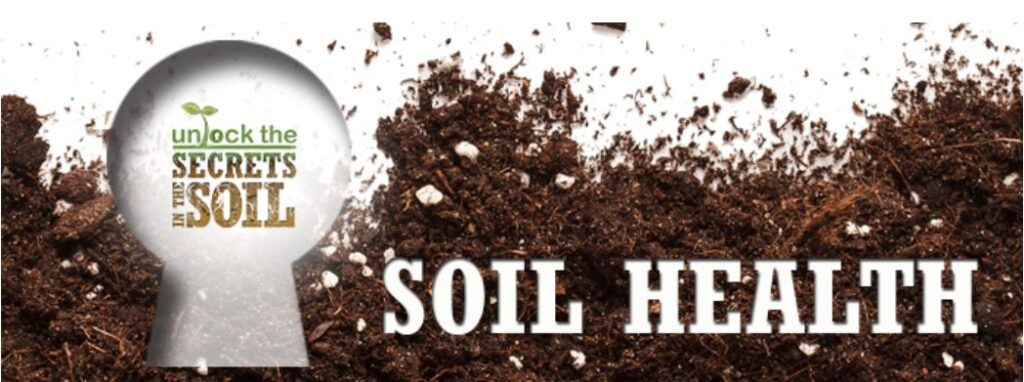
These resources, provided by USDA’s Natural Resource Conservation Service, are designed to help visitors understand the basics and benefits of soil health—and to learn about Soil Health Management Systems from farmers who are using those systems.
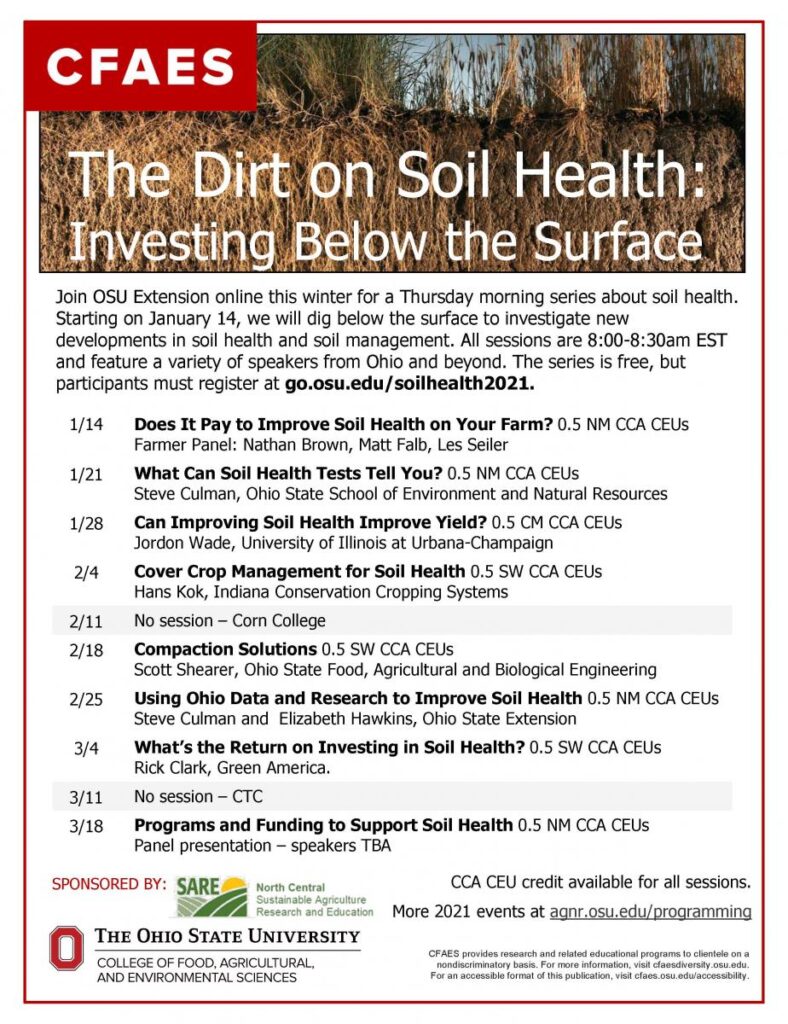
In this weekly series, farmers, industry, and academic experts weigh in on practical steps to improve soil health and measure impact on crop yield and farm profitability. Sessions are Thursdays, January 14 – March 18, 2021, 8am-8:30am. CCA CEUs are available for each session. There is no cost to attend, but registration is required.
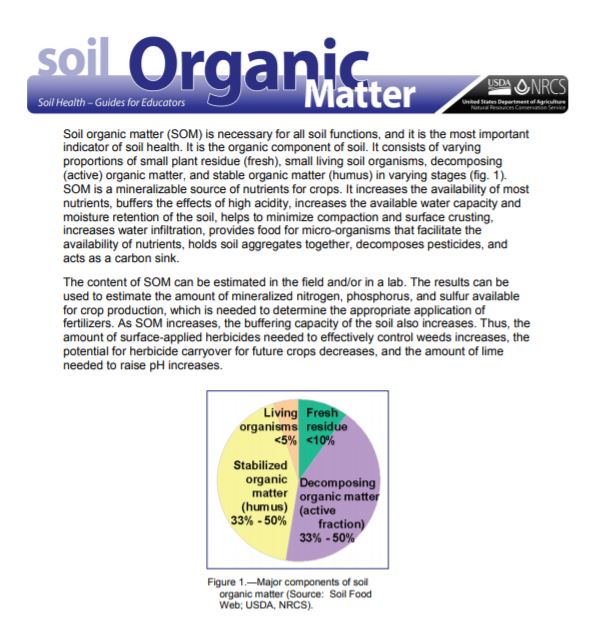
Soil Health Kit Guides and Videos help teachers and educators implement their soils curriculum. Each guide includes an introduction to the soil property, discussion of the inherent and management factors influencing it, and explanation of the property’s relationship to soil function. The educator’s guides also include detailed information on a method to measure the soil property and interpretations of the test results. Helpful to educators, the guides double as lesson plans with thought-provoking questions so students can start to apply what they have learned. Videos cover the concepts and soil properties from overview to testing.
Soil Testing for Producers and Landowners
Soil testing is important in determining the overall health of your soil. Whether you are a producer who is developing a nutrient application plan or a homeowner striving to optimize vegetable production in your garden, soil testing can provide you with a baseline of your soil health.

Soil testing is an inexpensive way to maintain good plant health in lawns and landscapes, and to maximize productivity of vegetable gardens and fruit crops. Soil test results pinpoint plant nutrient needs, and a soil testing lab’s recommendations can help guide fertilizer applications so just the right amount is used. Test results also provide information for making plant selection decisions based on “the right plant in the right place” and a soil test can help diagnose what went wrong if good plants go bad.
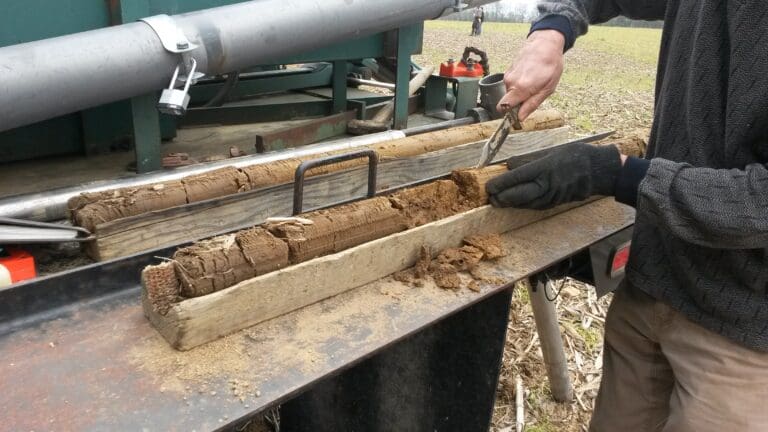
Productive agriculture is dependent upon healthy soils. The goal of a comprehensive soil fertility program is to maximize economic return while minimizing potential off-site environmental impacts. A soil fertility program starts with a representative soil sample that is used to develop nutrient recommendations.
If you are a producer who is interested in a Nutrient Management Plan, contact your local NRCS office. Fairfield County Residents can reach out to Dave Libben at 740-415-3921 or Brice Shaw at 740-415-3907.
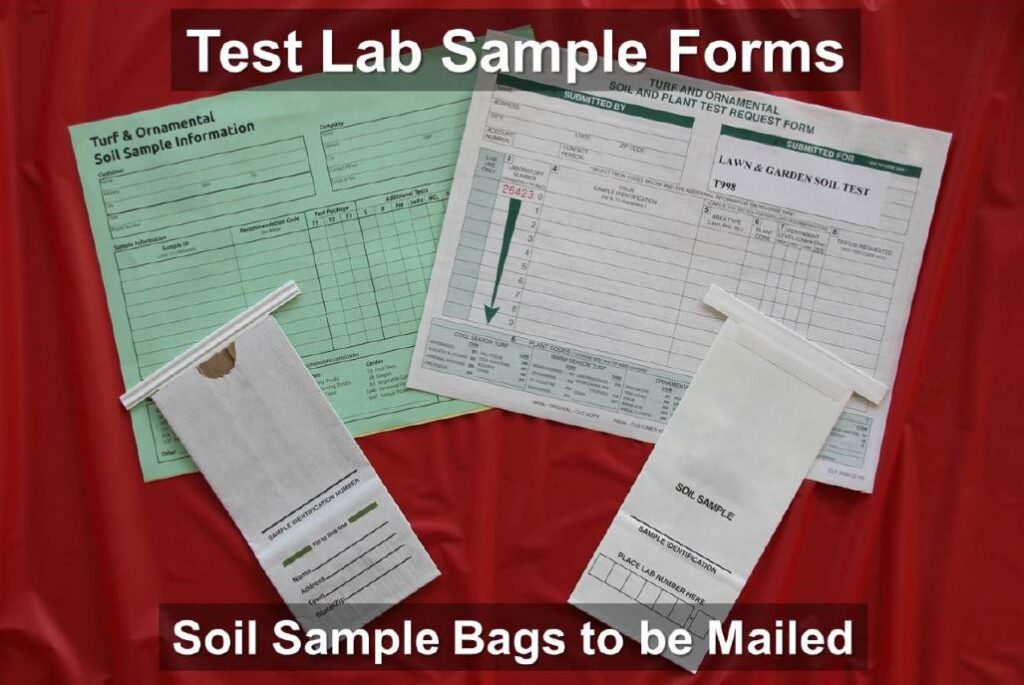
Fairfield County OSU Extension has developed a partnership with the University of Kentucky Soil Testing Laboratory that allows them to work with Fairfield County residents and farmers to service all soil nutrient testing needs. Soil bags, input forms, and instructions are available through your local Fairfield County OSU Extension office to assist those interested in having their soil analyzed. Contact OSU Extension at 740-653-5419.
